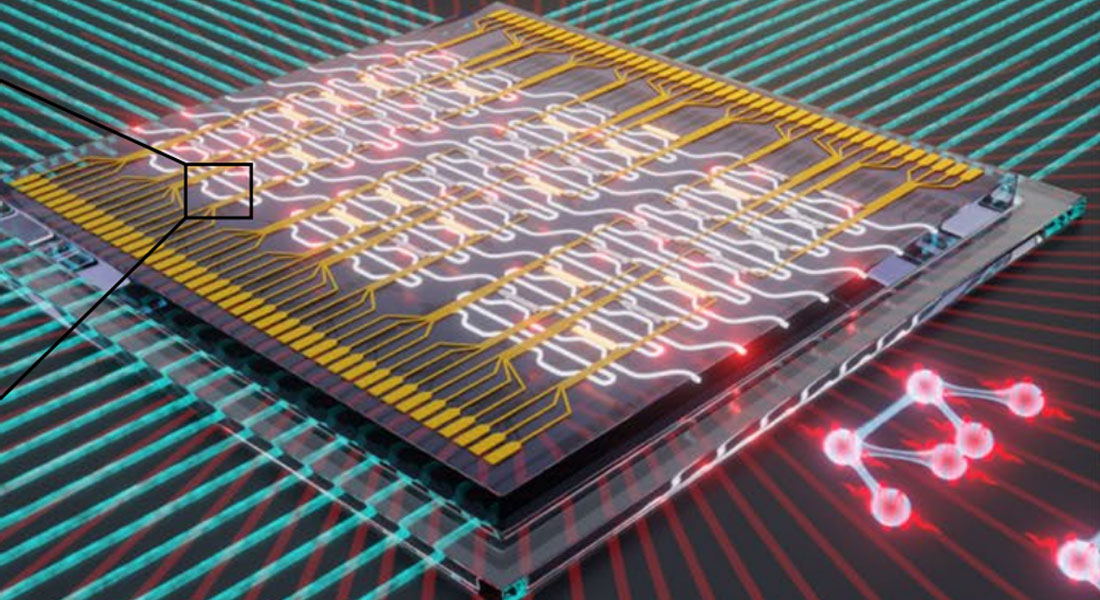Former Google chief executive Eric Schmidt has warned that electricity, rather than semiconductors, will limit the future growth of AI.
Speaking on the Moonshots podcast, Schmidt said the push towards artificial superintelligence—AI that exceeds human cognitive ability in almost all domains—will depend on securing sufficient power instead of just developing more advanced chips.
Schmidt noted the US alone may require an extra 92 gigawatts of electricity to support AI growth, equivalent to dozens of nuclear power stations.
Instead of waiting for new plants, companies such as Microsoft are seeking to retrofit closed facilities, including the Three Mile Island plant targeted for relaunch in 2028.
Schmidt highlighted growing environmental pressures, citing Microsoft’s 34% increase in water use within a year, a trend experts link directly to rising AI workloads.
Major AI developers like OpenAI’s Sam Altman also acknowledge energy as a key constraint. Altman has invested in nuclear fusion through Helion, while firms such as Microsoft and AMD are pressing US policymakers to fast-track energy permits.
Environmental groups, including Greenpeace, warn that unchecked AI expansion risks undermining climate goals instead of supporting them.
Schmidt believes superintelligence is inevitable and approaching rapidly, predicting specialised AI tools across all fields within five years. Rather than focusing solely on AI’s capabilities, he stressed the urgent need for planning energy infrastructure today to match tomorrow’s AI demands.
Would you like to learn more about AI, tech and digital diplomacy? If so, ask our Diplo chatbot!









